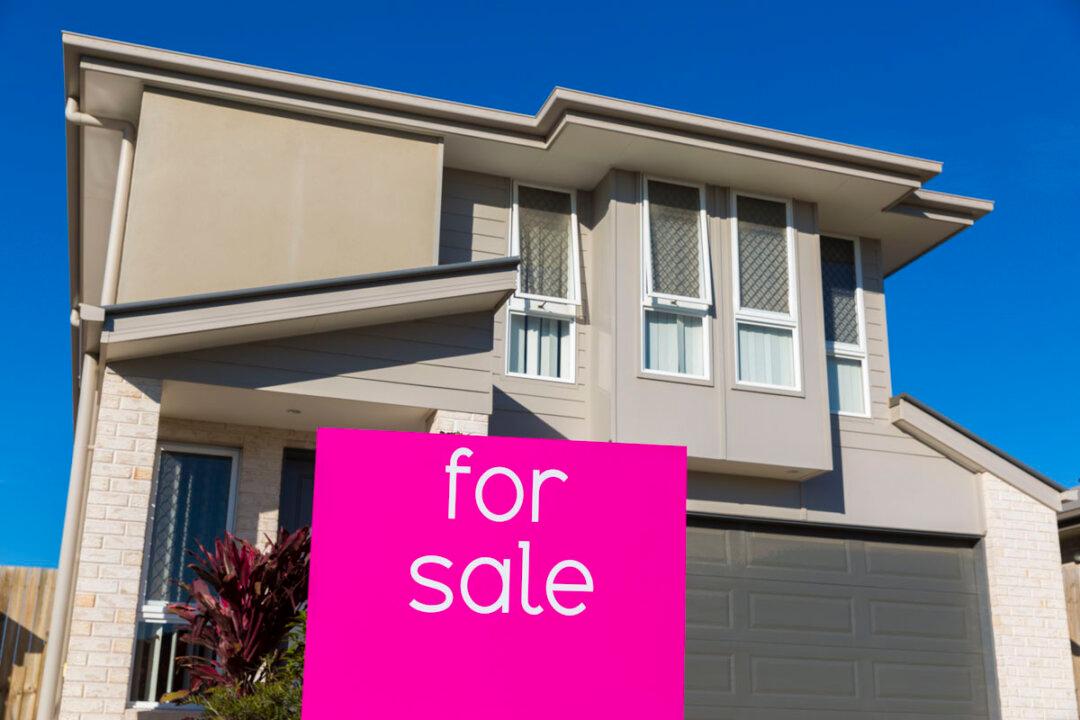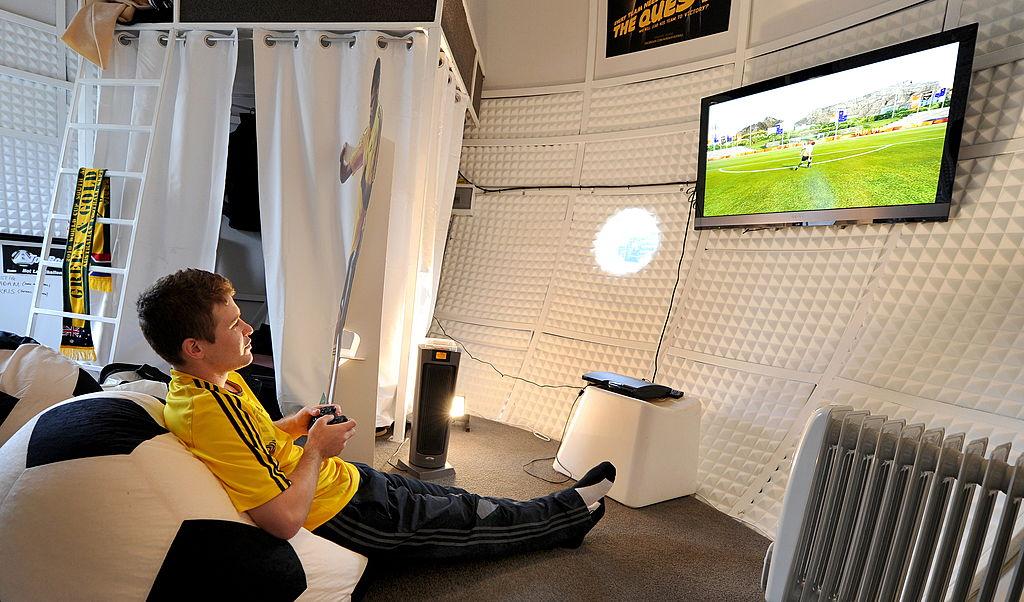House prices across the country have increased by 32.5 percent since the outbreak of COVID-19, a report by CoreLogic has found.
This is despite multiple interest rate rises and high inflation, meaning the median value of an Australian house has risen by $188,000 in the last four years.





